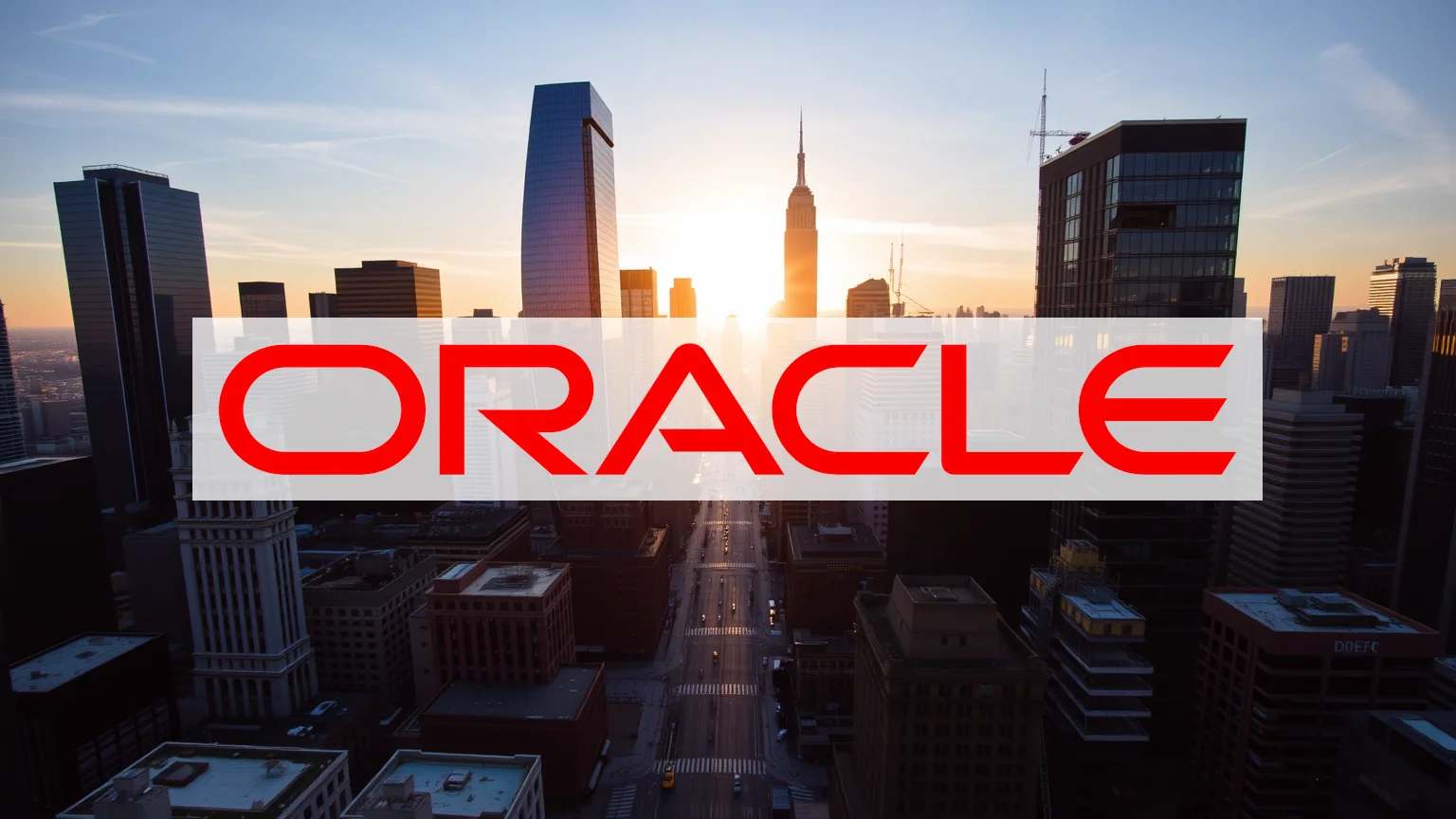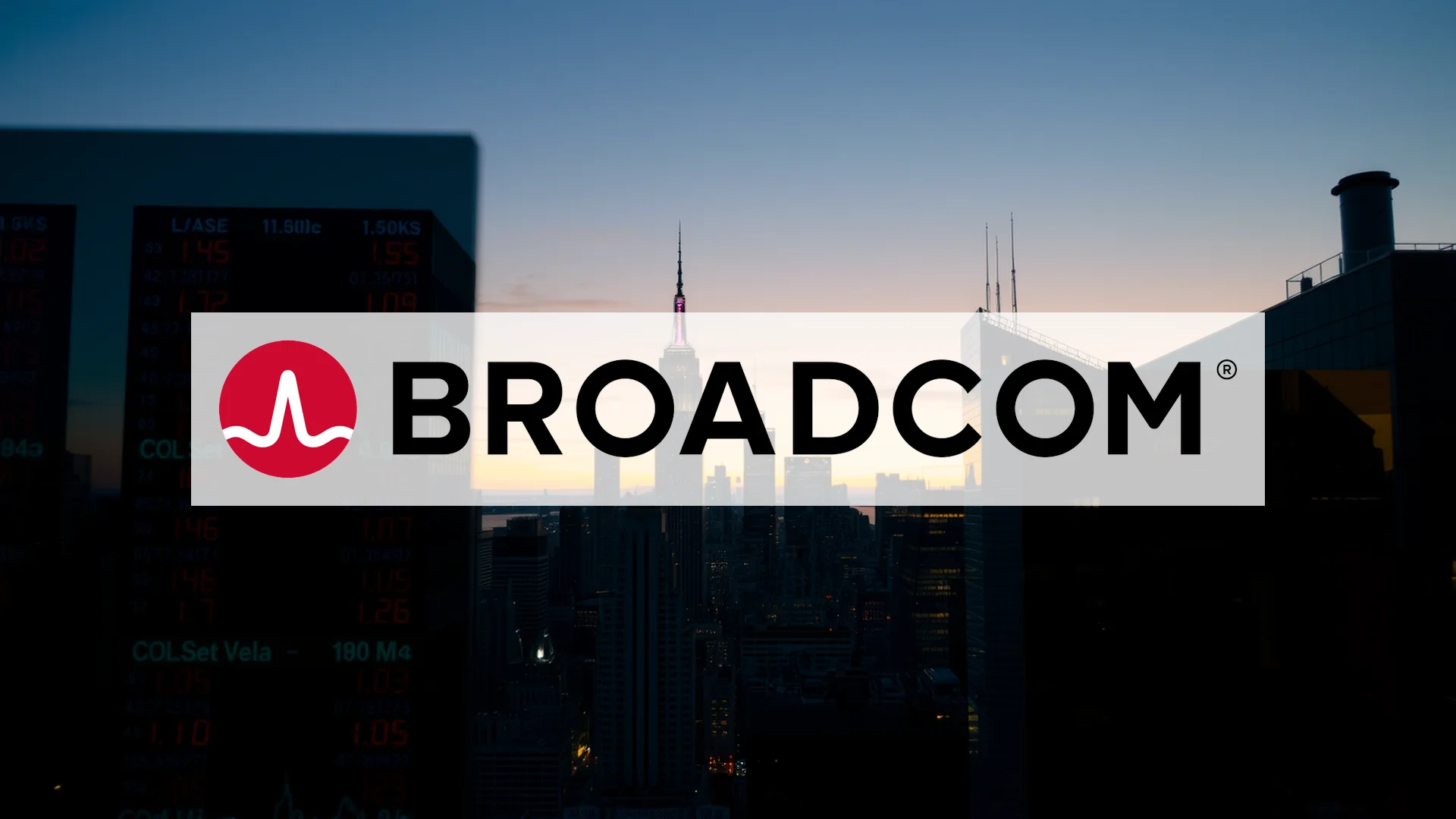Oracle Corporation finds itself at a crossroads, making headlines with two bold but contradictory moves that have market participants divided. The tech giant is simultaneously embracing cutting-edge artificial intelligence while implementing severe workforce reductions—a dual strategy that could either propel its growth or destabilize operations during transition.
Strategic Pivot Toward AI Dominance
In a decisive push to lead the enterprise AI space, Oracle is embedding OpenAI’s next-generation GPT-5 model directly into its flagship software offerings. This deep integration affects core products including Oracle Fusion Cloud Applications, NetSuite, and Oracle Health—far surpassing superficial chatbot additions.
The implementation focuses on transformative capabilities:
- Advanced data query systems that understand natural language requests
- Automated programming tools that generate functional code
- Workflow optimization engines that restructure business processes
Crucially, Oracle maintains all processed data within its proprietary systems—a critical differentiator for healthcare and financial services clients facing strict regulatory requirements. This strategic lock-in approach aims to make Oracle’s ecosystem indispensable as AI becomes central to enterprise operations.
Workforce Reductions Spark Concerns
Parallel to its technological investment, Oracle initiated substantial layoffs affecting approximately 10% of its Indian workforce, signaling broader global restructuring. The company attributes these cuts to resource reallocation toward AI and cloud infrastructure development, shifting focus from legacy operations to high-growth sectors.
Should investors sell immediately? Or is it worth buying Oracle?
While financially justifiable, the abrupt downsizing introduces operational risks:
- Institutional knowledge loss from experienced personnel departures
- Potential service disruptions during transitional periods
- Employee morale challenges among remaining staff
Investor Dilemma: Growth Potential vs. Execution Risk
Market reactions reflect this dichotomy. On one hand, GPT-5 integration positions Oracle as an enterprise AI frontrunner, potentially unlocking:
- Premium pricing power for AI-enhanced products
- Increased customer retention through ecosystem dependence
- New revenue streams from AI-powered analytics
Conversely, the aggressive restructuring raises questions about:
- Management’s ability to maintain service quality during workforce transitions
- Cultural impacts of large-scale layoffs on innovation capacity
- Short-to-medium term financial volatility
The coming quarters will reveal whether Oracle’s high-stakes transformation represents visionary repositioning or overextension during technological upheaval. With shares reacting to both the promise of AI leadership and the uncertainty of operational changes, investors face a complex risk-reward calculus.
Ad
Oracle Stock: Buy or Sell?! New Oracle Analysis from November 19 delivers the answer:
The latest Oracle figures speak for themselves: Urgent action needed for Oracle investors. Is it worth buying or should you sell? Find out what to do now in the current free analysis from November 19.
Oracle: Buy or sell? Read more here...













